Seoul's Urban Wonders Unveiled
Discover the heart of Seoul on this free walking tour, where modernity meets tradition in vibrant neighborhoods and stunning landmarks.
Time
3 Hours
Stops
9 Places
Distance
?
Cheonggyecheon Stream
Begin your tour at Cheonggyecheon Stream, a beautifully restored urban stream that offers a serene escape in the heart of Seoul, perfect for enjoying a leisurely walk.

Cheonggyecheon Stream (Source: Google Maps)
Cheonggyecheon Stream is a remarkable urban renewal project that transformed a neglected waterway into a picturesque stream running through downtown Seoul. Spanning 11 kilometers, it's lined with walking paths, lush greenery, and art installations, making it a popular spot for both locals and tourists. The stream's history dates back to the Joseon Dynasty, but it was covered by roads in the 1960s. The restoration, completed in 2005, symbolizes Seoul's commitment to sustainability and urban revitalization. This serene space offers a stark contrast to the bustling city, providing a peaceful retreat for visitors to enjoy nature, art, and the sound of flowing water.
Dongdaemun Design Plaza (DDP)
Walk to the Dongdaemun Design Plaza, an iconic architectural landmark known for its futuristic design and vibrant cultural exhibitions.
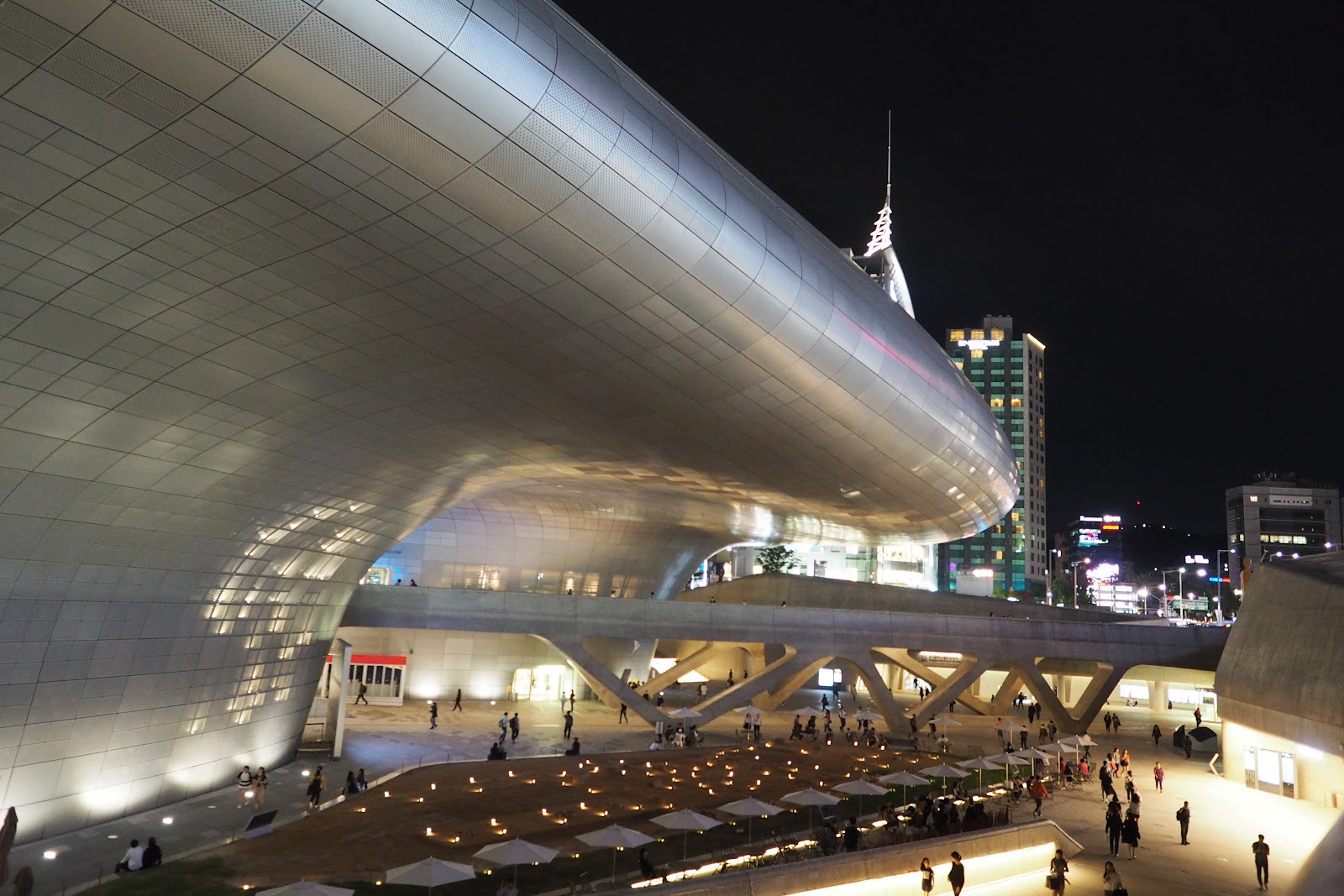
Dongdaemun Design Plaza (DDP) (Source: Google Maps)
Dongdaemun Design Plaza (DDP) is a major urban development landmark, designed by the renowned architect Zaha Hadid. This futuristic structure features a fluid, organic shape, symbolizing innovation and creativity. Opened in 2014, DDP serves as a cultural hub, housing exhibition spaces, a design museum, and a conference center. Its iconic LED rose garden, which illuminates the plaza at night, has become a beloved spot for photography. DDP plays a vital role in Seoul's fashion and design scene, hosting numerous events like Seoul Fashion Week. The plaza's design reflects the city's dynamic spirit, merging modern architecture with cultural heritage.
Heunginjimun Gate (Dongdaemun)
Just a short walk from DDP, Heunginjimun Gate is a historic city gate that was once part of the city's fortress wall, offering a glimpse into Seoul's past.
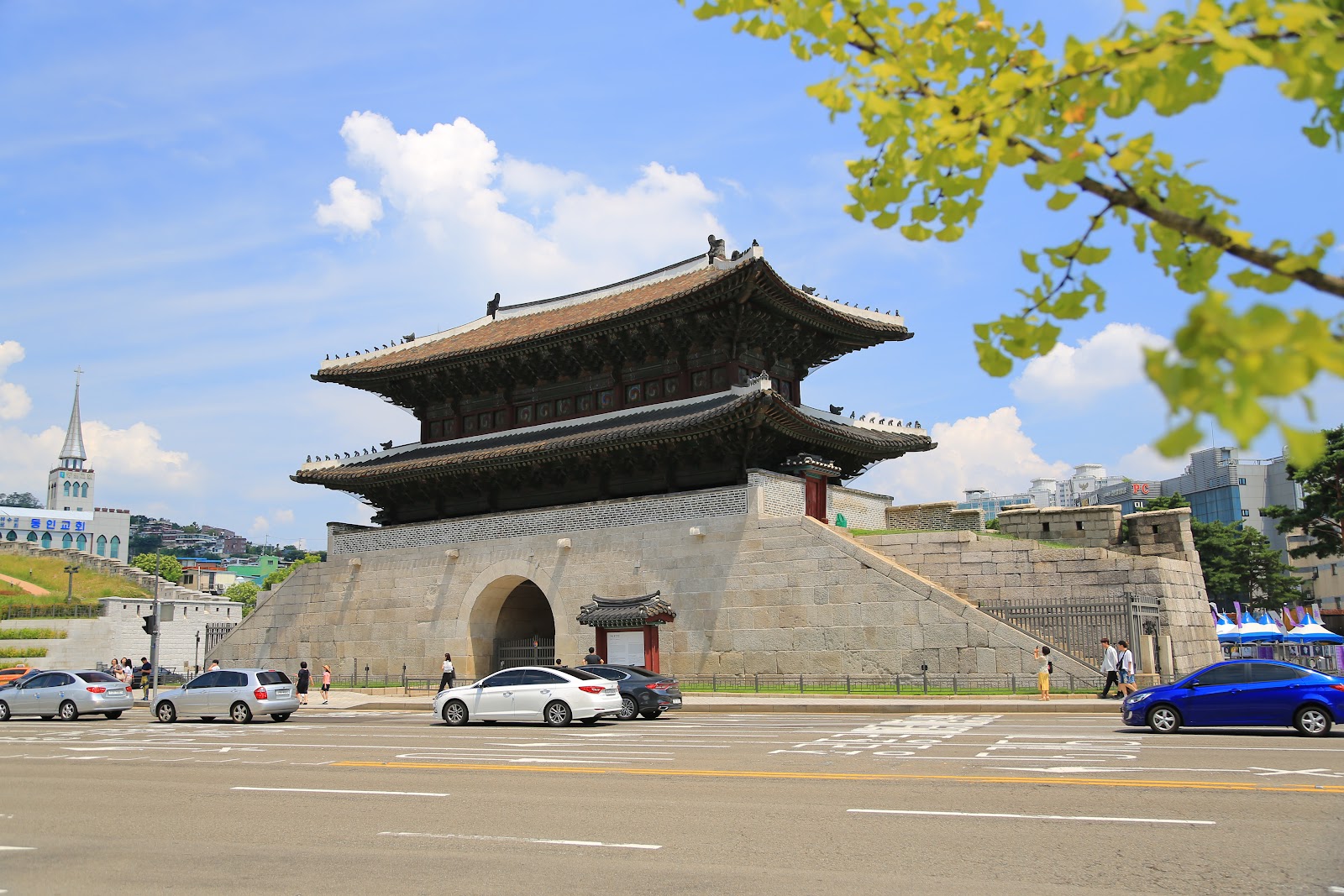
Heunginjimun Gate (Dongdaemun) (Source: Google Maps)
Heunginjimun Gate, also known as Dongdaemun, is one of the Eight Gates of Seoul's historic city wall, built in 1396 during the Joseon Dynasty. This impressive structure showcases traditional Korean architecture, characterized by its stone base and wooden upper sections. The gate served as a crucial defensive fortification and a vital passageway for trade and commerce. Over the centuries, it has witnessed numerous historical events, including invasions and sieges. Today, Heunginjimun Gate stands as a symbol of Seoul's resilience and rich history, attracting visitors who admire its craftsmanship and the surrounding vibrant market area.
Seoul Yangnyeongsi Herb Medicine Museum
As you move into Jegi-dong, visit the Seoul Yangnyeongsi Herb Medicine Museum, where you can learn about traditional Korean medicine and its significance in Korean culture.
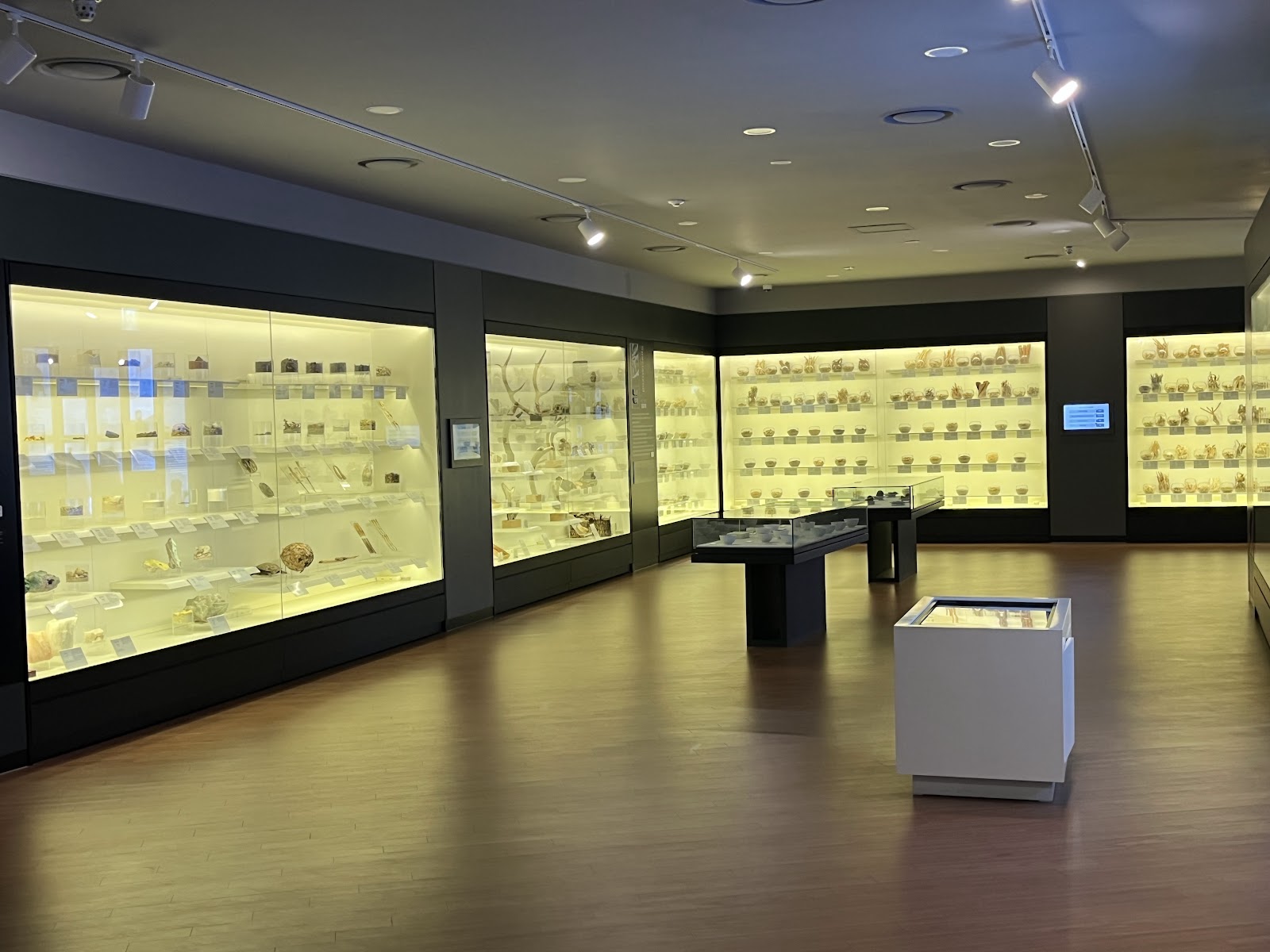
Seoul Yangnyeongsi Herb Medicine Museum (Source: Google Maps)
The Seoul Yangnyeongsi Herb Medicine Museum is dedicated to the rich tradition of Korean herbal medicine, located in the historic herb medicine district of Jegi-dong. This museum showcases the history, practices, and significance of herbal medicine in Korean culture. Visitors can explore various exhibits featuring medicinal herbs, ancient texts, and interactive displays that explain the principles of traditional Korean medicine. The museum also highlights the importance of herbal remedies in promoting health and wellness. By preserving and educating about this ancient practice, the museum plays a vital role in maintaining Korea's cultural heritage and fostering interest in alternative medicine.
Gyeongdong Market
Explore Gyeongdong Market, one of the largest traditional herbal medicine markets in South Korea, offering a lively atmosphere and unique cultural insights.

Gyeongdong Market (Source: Google Maps)
Gyeongdong Market is one of South Korea's largest traditional herbal medicine markets, offering a vibrant and bustling atmosphere. Established in the early 20th century, this market specializes in a wide variety of herbal products, including dried herbs, roots, and medicinal ingredients. Visitors can immerse themselves in the local culture as they navigate the lively stalls, where vendors share their knowledge about traditional remedies and health practices. The market is not only a place for purchasing herbal medicines but also a hub for culinary experiences, with numerous food stalls serving authentic Korean dishes. Gyeongdong Market reflects the deep-rooted traditions of Korean medicine and community life.
Bomun-ro Street
Stroll along Bomun-ro Street, known for its charming local shops and eateries, providing a taste of everyday life in Seoul.
We are working to fix the images. They're coming back soon.
Bomun-ro Street is a charming thoroughfare known for its local shops, eateries, and vibrant community atmosphere. This street offers a glimpse into everyday life in Seoul, where residents and visitors alike enjoy the diverse offerings of cafes, restaurants, and boutiques. The area is particularly popular among young people and artists, creating a lively and creative environment. As you stroll down Bomun-ro, you'll find unique handcrafted goods, trendy fashion items, and delicious street food, making it a perfect spot for shopping and dining. The street embodies the spirit of Seoul's urban culture, blending modernity with tradition.
Ihwa Mural Village
Head towards Ihwa Mural Village, a vibrant neighborhood where art meets community, with colorful murals and sculptures adorning the streets.

Ihwa Mural Village (Source: Google Maps)
Ihwa Mural Village is a colorful neighborhood that has transformed into an outdoor gallery, showcasing vibrant murals and art installations created by local artists. Originally a declining area, it has been revitalized through community efforts and artistic expression, making it a popular destination for art lovers and photographers. The murals depict various themes, from traditional Korean culture to contemporary issues, adding character and charm to the village. Visitors can wander through the narrow alleys, discovering hidden artworks and enjoying the scenic views of the city. Ihwa Mural Village exemplifies the power of art in fostering community spirit and enhancing urban spaces.
Naksan Park
Continue to Naksan Park, which offers panoramic views of Seoul and a peaceful environment for a relaxing walk amidst nature.
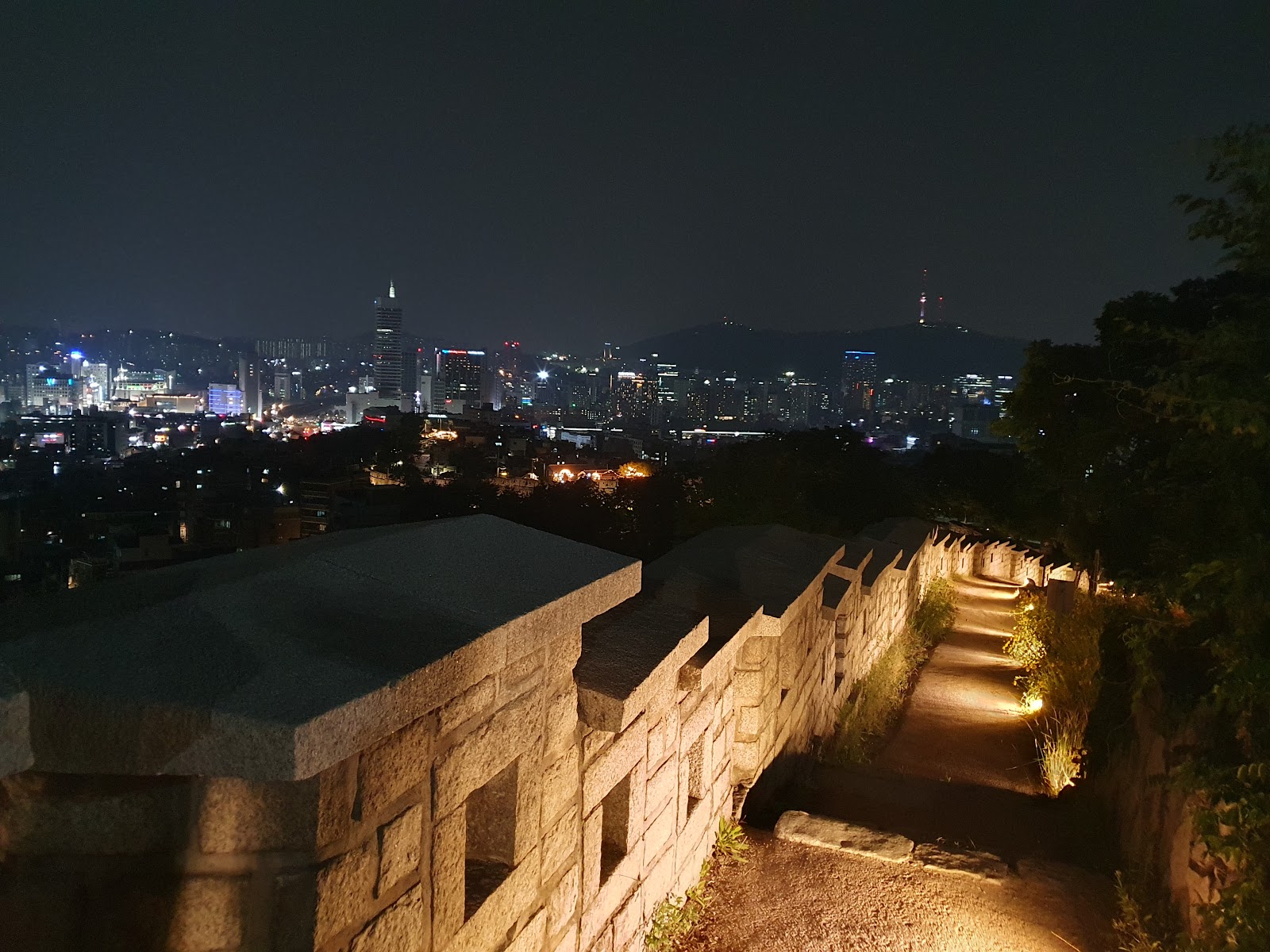
Naksan Park (Source: Google Maps)
Naksan Park is a serene green space located on Naksan Mountain, offering stunning panoramic views of Seoul. Originally part of the city's fortress wall, the park is rich in history and natural beauty. Visitors can explore the well-maintained trails, which wind through lush gardens and historical sites, including remnants of the old city wall. The park is a popular spot for picnics, leisurely walks, and enjoying the seasonal beauty of cherry blossoms in spring and colorful foliage in autumn. Naksan Park also features various art installations and sculptures, making it a perfect blend of nature and culture, ideal for relaxation and exploration.
Changgyeonggung Palace
Conclude your tour at Changgyeonggung Palace, a historical royal palace where you can explore beautiful gardens and traditional Korean architecture.
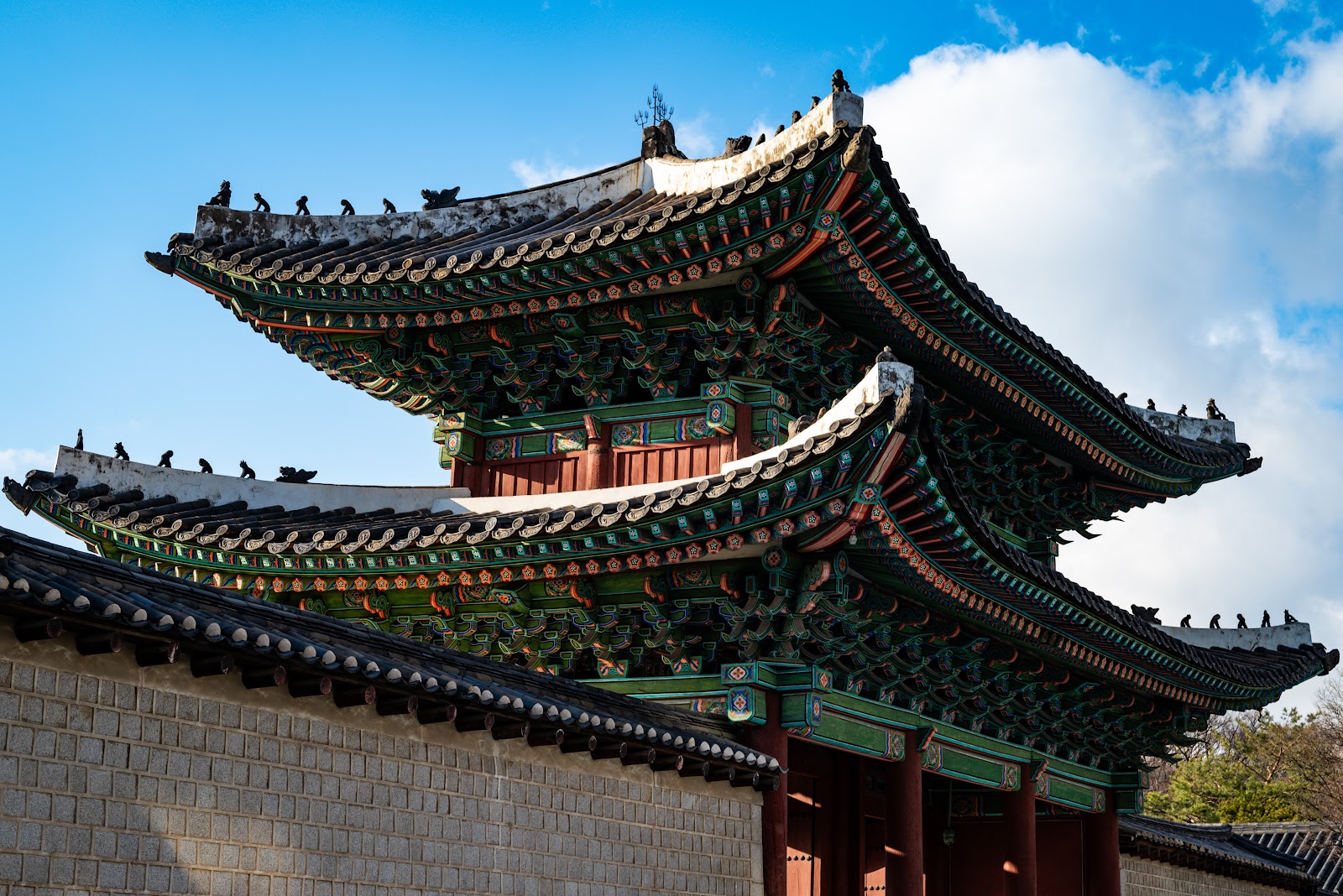
Changgyeonggung Palace (Source: Google Maps)
Changgyeonggung Palace, one of the historic royal palaces of Seoul, showcases the elegance of traditional Korean architecture and serene gardens. Built in the 15th century during the Joseon Dynasty, it served as a residence for queens and royal family members. The palace features beautiful structures, including the main hall, which is adorned with intricate wooden carvings and traditional roof designs. Visitors can stroll through the expansive gardens, which include lotus ponds and ancient trees, providing a tranquil escape from the city's hustle and bustle. Changgyeonggung Palace is not only a testament to Korea's royal heritage but also a cultural site where history and nature intertwine.

Your travels, your rules.
Create your own Free Walking Tours.
Set your preferences, distances and anything you want to do or see.
Completely free, no payment required.